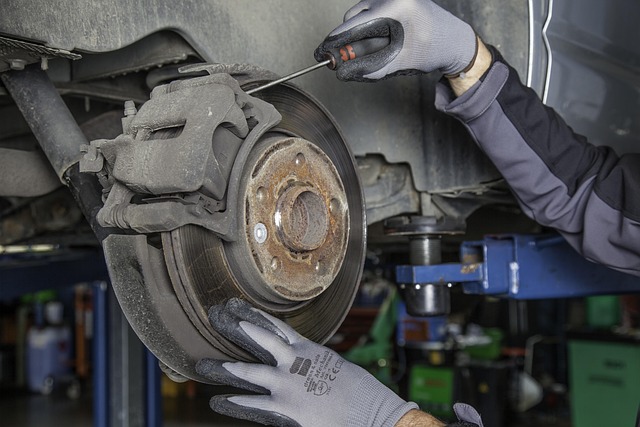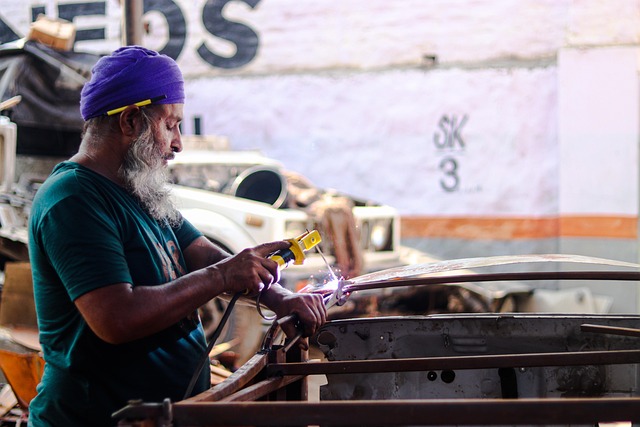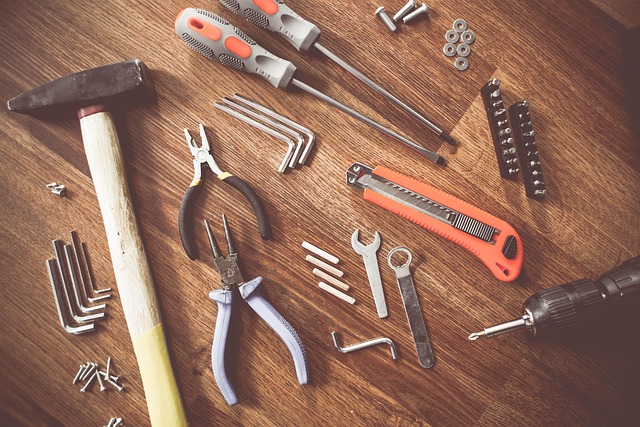Tempered glass, stronger and more durable than standard glass due to its specialized manufacturing process, offers enhanced safety features through its unique ability to break into small, non-sharp fragments upon impact. Skilled professionals install it in residential, commercial, and automotive settings, improving energy efficiency through superior insulation that regulates temperature, reduces heat transfer, and minimizes energy consumption, leading to long-term savings and a smaller carbon footprint. Specialized techniques for tempered glass installation cater to various building types, climates, and uses, ensuring comfortable indoor environments with minimal heat loss or gain.
Tempered glass is transforming buildings into energy-efficient structures. This innovative material plays a pivotal role in modern construction, offering enhanced safety and remarkable energy savings. In this article, we explore the multifaceted benefits of tempered glass installation, from its robust properties to its significant impact on energy efficiency. We delve into the science behind it, the implementation process, and key considerations for integrating this game-changer into your project. Discover how tempered glass is revolutionizing sustainability in architecture.
- Understanding Tempered Glass and Its Properties
- Energy Efficiency Benefits of Tempered Glass Installation
- The Process and Considerations for Tempered Glass Implementation
Understanding Tempered Glass and Its Properties

Tempered glass is a specialized type of safety glass that goes through a unique heating and cooling process to enhance its strength. This process transforms the glass into a more rigid material, making it much harder to break than standard glass. When installed properly, tempered glass offers superior durability and safety features, especially in high-traffic areas or regions prone to extreme weather conditions. Its robust nature is a significant advantage in various applications, including residential, commercial, and automotive industries.
The installation of tempered glass requires skilled professionals who understand the specific techniques needed for this specialized material. Unlike regular glass, which may shatter into sharp pieces upon impact, tempered glass is designed to break into small, non-sharp fragments, minimizing the risk of injury. This property makes it an excellent choice for auto frame repair and collision repair processes, ensuring safer outcomes for both vehicles and their occupants. In addition to its safety benefits, tempered glass also contributes to energy efficiency, as its superior insulation properties can help regulate indoor temperatures, reducing the reliance on heating and cooling systems.
Energy Efficiency Benefits of Tempered Glass Installation

The installation of tempered glass offers a wide range of energy efficiency benefits that can significantly impact both residential and commercial spaces. One of the key advantages is its exceptional insulation properties, which play a crucial role in temperature regulation. Tempered glass forms a robust barrier against external weather conditions, keeping heat in during colder months and outside air from penetrating during warmer seasons. This not only reduces the strain on heating and cooling systems but also minimizes energy consumption, resulting in substantial long-term savings.
Moreover, tempered glass installation can contribute to a reduced carbon footprint. By minimizing the need for excessive heating or cooling, this type of glass promotes sustainable practices, especially when compared to traditional glazing options. Many auto body repair shops and auto body restoration specialists have already recognized these benefits, incorporating tempered glass into their vehicle body repair processes to enhance energy efficiency and provide lasting solutions for their clients.
The Process and Considerations for Tempered Glass Implementation

The process of implementing tempered glass involves specialized techniques to enhance energy efficiency in both residential and commercial settings. It starts with heating the glass to a specific temperature, followed by rapid cooling. This controlled transformation makes the glass stronger and more resilient, crucial for withstanding extreme weather conditions and potential car damage repair scenarios. The result is a durable material that can reduce heat transfer, contributing significantly to energy conservation.
When considering tempered glass installation, several factors come into play. For instance, the type of building, climate, and intended use heavily influence the design choices. In vehicle bodywork, for example, tempered auto glass repair is essential for safety and structural integrity. Proper implementation ensures minimal heat loss or gain, leading to more comfortable indoor environments and reduced energy consumption. This process also considers aesthetics, ensuring the glass seamlessly integrates with the overall design while providing enhanced protection against potential impacts.
Tempered glass installation offers a compelling solution for enhancing energy efficiency in various settings. Its superior strength and heat resistance make it an ideal choice for windows, facades, and even table tops, reducing heat loss and lowering energy consumption. By understanding the properties of tempered glass and implementing it thoughtfully, buildings can achieve better insulation, reduced greenhouse gas emissions, and lower operating costs. This sustainable approach to construction is a step towards a greener future, where every innovation counts.














